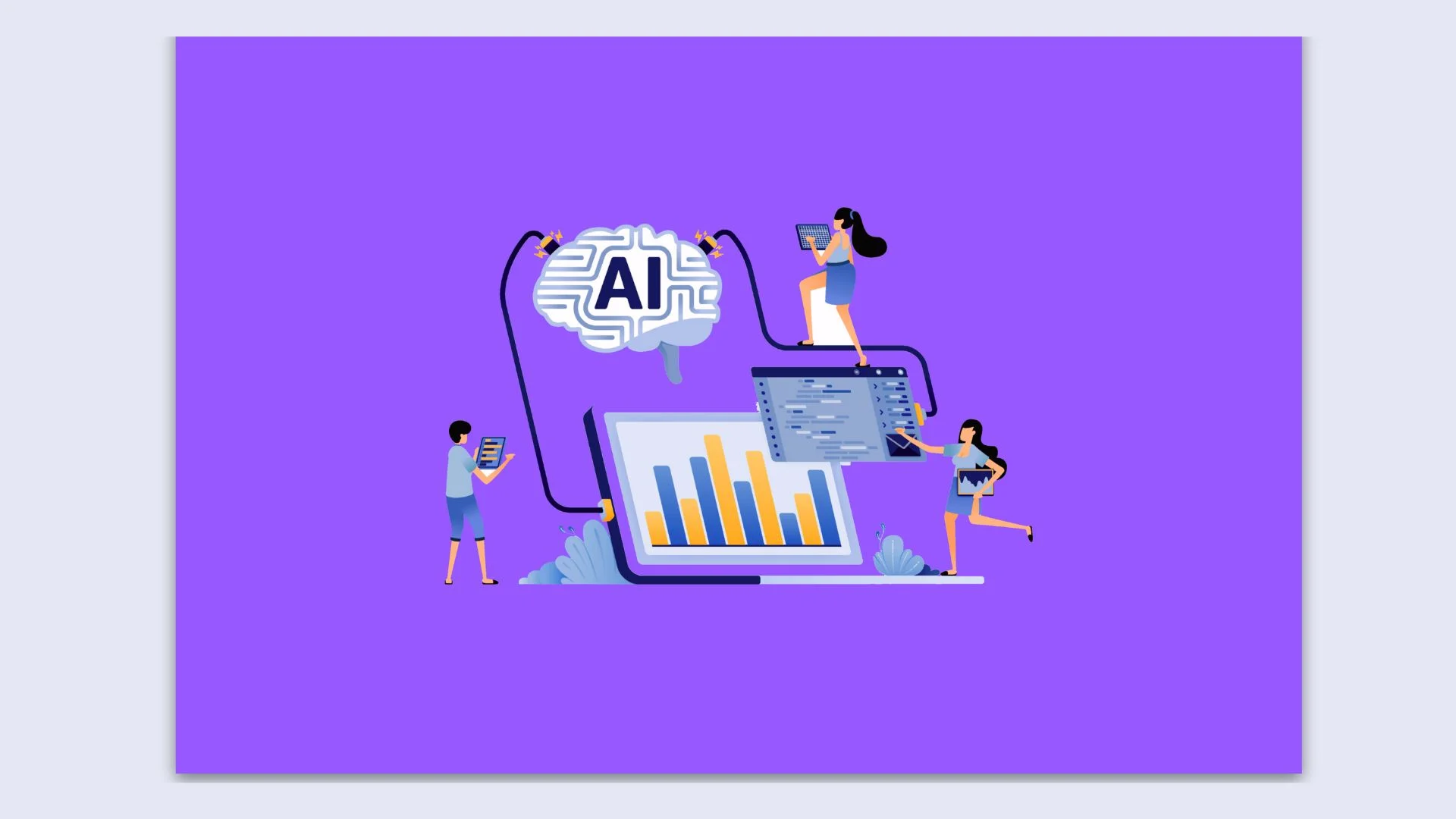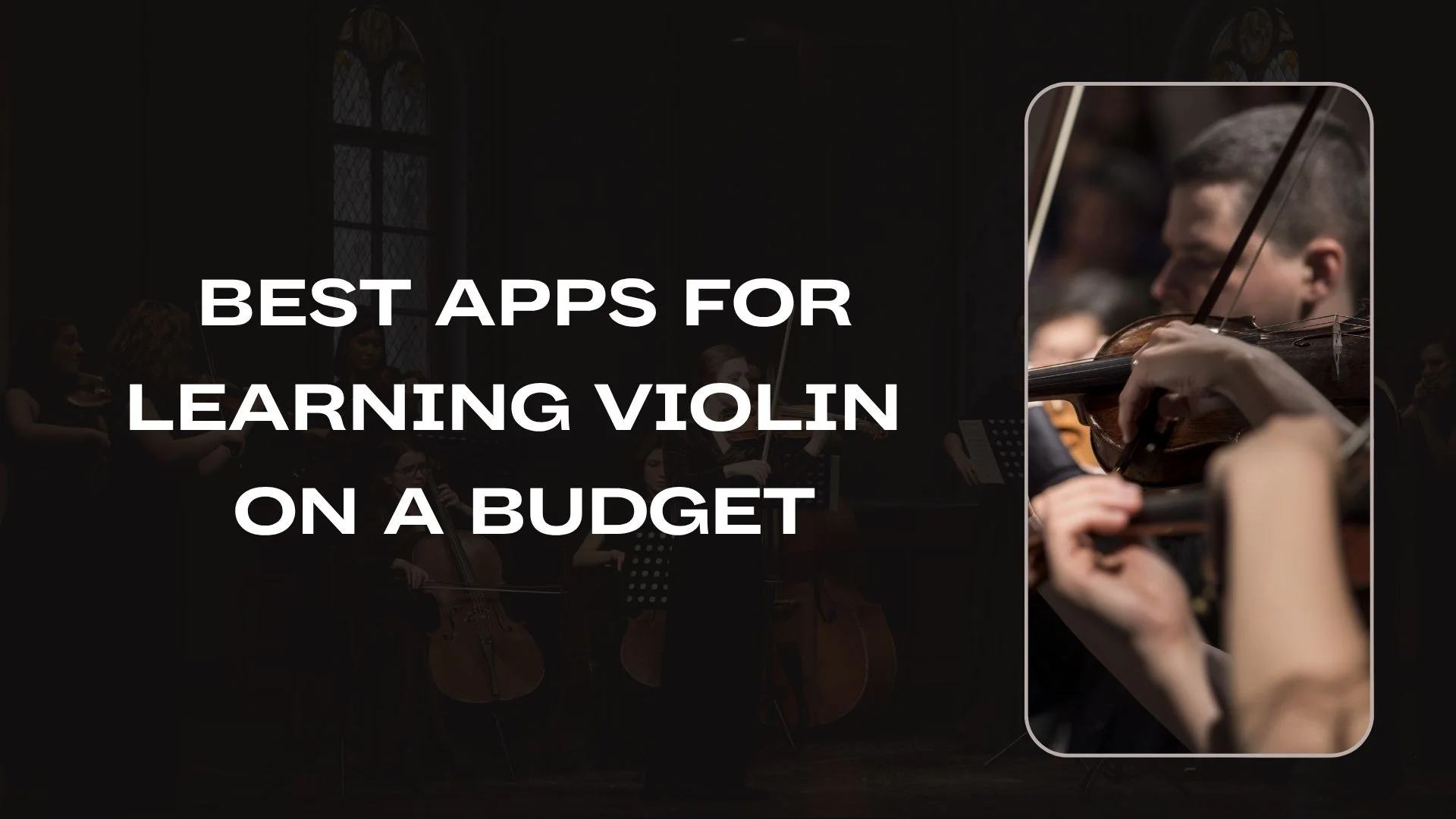Have you ever stared at a pile of research papers so big it makes your head hurt? Or have you looked at a spreadsheet with so many numbers your eyes crossed? You’re not alone! Today’s college world is drowning in information. Researchers publish more stuff in one year than anyone could read in their whole life! My roommate Jake once told me, “I’d rather pay to write my papers than dig through all these research articles myself!” I laughed, but I totally got what he meant. Research can feel like looking for a tiny needle in a giant haystack! But guess what? AI academic research revolution is here to help, like having a super-smart study buddy who never sleeps!
The AI Academic Research Revolution
Remember when research meant camping out in the library until your back hurt from hunching over books? Those days are history! AI tools now zip through millions of documents in seconds, finding cool stuff that humans might miss even after weeks of reading.
It’s like having a friend who’s read basically everything and can point you straight to the good stuff. No more endless scrolling through boring search results hoping to get lucky!
Finding the Needle in the Haystack
AI search tools don’t just look for words like Google does. They actually understand what you’re trying to find. They can:
- Spot helpful research even when it uses different words than your search
- Suggest related studies you might have missed
- Show you which papers are the most important in your field
Breaking Down Language Barriers
Cool research happens in many languages, but AI translators are making it possible to read stuff no matter what language it’s in. That awesome study written in Chinese? No problem!
Many experts believe AI translation of academic papers has gotten much better in recent years, opening up tons of new research to English-speaking students.
Tackling Data Overload
Raw data is super confusing on its own. One of my professors often says, “Students who write my annotated bibliography using AI tools finish in half the time and often get better grades.” AI helps by organizing messy information into patterns that make sense.
Let’s say you’re looking at climate data from the last hundred years. AI can:
- Spot trends and weird stuff humans might miss
- Make cool charts that show relationships clearly
- Predict what might happen next based on past patterns
Making Statistics Less Scary
Statistics can be super confusing, but AI tools make them easier to understand. These tools suggest which tests work best for your data and explain the results in plain English.
For example, programs like JASP can walk you through tricky statistics with built-in tips and tutorials. They can even warn you if something looks wrong before you turn in your work.
Automating Literature Reviews
Literature reviews are important but take forever. AI tools can now:
- Scan thousands of papers super fast
- Pull out the main findings
- Find gaps where more research is needed
- Suggest cool new research ideas
This can turn weeks of boring work into just a few days, giving you more time for the fun stuff!
Supercharging Your Writing Process
Writing is often the hardest part. AI writing helpers can:
- Help organize your thoughts
- Make sure your paper flows nicely
- Suggest clearer ways to say complicated things
- Point out where you might need more evidence
These tools are like having a smart friend read your paper and give you tips to make it better.
Cool Data Visualizations
Complex data makes more sense when you can see it. AI is changing how we make and use charts and graphs:
Automatic Chart Picker
AI can look at your data and tell you whether to use a bar chart, pie chart, or something fancier.
Interactive Charts
New AI tools make charts that change when you ask questions. Wonder how two things relate? The chart updates to show you right away!
Finding Hidden Patterns
AI can spot subtle patterns in your data that humans might miss. These discoveries can lead to amazing breakthroughs in your research.
Using AI Responsibly
AI tools make research easier, but there are some things to watch out for:
Avoiding Bias
AI systems learn from existing data, which means they might have the same biases humans do. Good researchers ask:
- Does this AI tool have blind spots?
- Might it be missing important perspectives?
- How can I double-check what it tells me?
Keeping Academic Honesty
AI tools should help your thinking, not replace it. Using them responsibly means:
- Thinking critically about AI suggestions
- Understanding how the tools work and what they can’t do
- Properly citing any AI help in your papers
Getting Started with AI Research Tools
Ready to level up your research game? Here’s how:
- Try free tools like Google Scholar’s AI features or research helpers like Elicit
- Use your university’s subscriptions to smart research databases
- Look for AI tools made specifically for your subject—like storygenerator.io if you’re working on creative writing or narrative projects
- Join online groups where students share tips for using AI in research
What’s Coming Next in AI Research
AI research tools are getting better super fast. Here are some cool trends to watch:
Multi-Type Research Helpers
Future AI tools will work with text, images, audio, and video all at once, letting you research across different media types.
Team-Based AI
New AI systems are being built to help research teams work together better, helping everyone build on each other’s discoveries.
Research for Everyone
As AI tools become easier to use, they’re making it possible for students and everyday citizens to do high-quality research that used to require fancy labs and equipment.
Final Thoughts
AI isn’t just changing how we do research – it’s making new kinds of research possible! From finding perfect sources to making sense of huge data sets and helping with writing, AI tools are changing the game. The future isn’t about human vs. machine intelligence – it’s about the amazing stuff we can do when we team up! As AI keeps getting better, students who learn to work with these tools will have a huge advantage.
So, next time you’re facing a scary research project, remember: AI tools can help you cut through the confusion and strike research gold!
nandbox App Builder
AI tools are changing the way academic study is done, and nandbox App Builder is changing the way students, entrepreneurs, and teachers make mobile apps—without having to know how to code! With nandbox, you can use drag-and-drop to make fully usable apps, whether you’re working on a class project, starting a business, or making an educational tool. It’s like having an AI-powered developer partner by your side who makes it easy to make apps, change them, and put them out there. AI makes complicated research easier, and nandbox makes making apps easier. This means that anyone can use high-tech innovations, you don’t need a degree in code.






